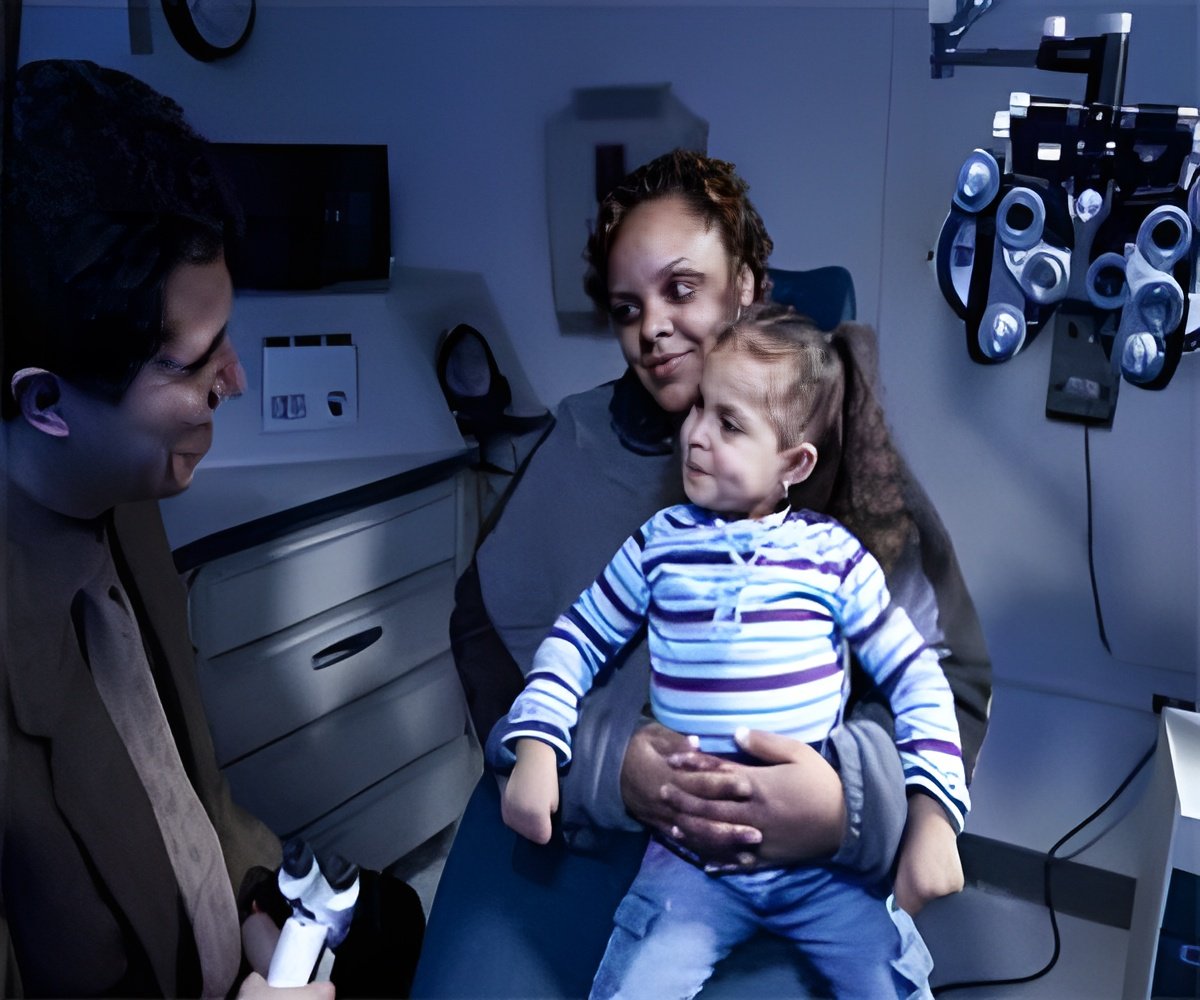
‘It is estimated that 174,00 children ages 3 to 5 years were visually impaired, most owing to simple uncorrected refractive error and it is projected to increase by 26 % in 2’
Tweet it Now
Visual impairment (VI) in early childhood can significantly impair development of visual, motor, and cognitive function. There has been a lack of accurate data characterizing the prevalence of VI in the U.S. preschool population. Rohit Varma, M.D., M.P.H., of the University of Southern California, Los Angeles, and colleagues examined prevalence data from two major population-based studies to determine demographic and geographic variations in VI in children ages 3 to 5 years in the United States in 2015 and estimated projected prevalence through 2060.
Visual impairment was defined as decreased visual acuity (VA) (<20/50 in children 36 to 47 months of age or <20/40 in children 48 months of age or older) in the better-seeing eye in the presence of an identifiable ophthalmic cause.
The researchers found that in 2015 in the United States, it is estimated that 174,00 children ages 3 to 5 years were visually impaired, most (n = 120,600; 69 percent) owing to simple uncorrected refractive error, and that Hispanic white children were the most affected (n = 65,942; 38 percent). The 45-year projections indicate a 26 percent increase in VI in 2060.
During this period, Hispanic white children will remain the largest demographic group in terms of the absolute numbers of VI cases (44 percent of the total). Multiracial American children will have the greatest proportional increase (137 percent), and non-Hispanic white children will have the largest proportional decrease (21 percent) in the number of VI cases.
Advertisement
"A coordinated surveillance system is needed to continuously monitor the effect of preschool VI on the national, state, and local levels over time."
Advertisement









